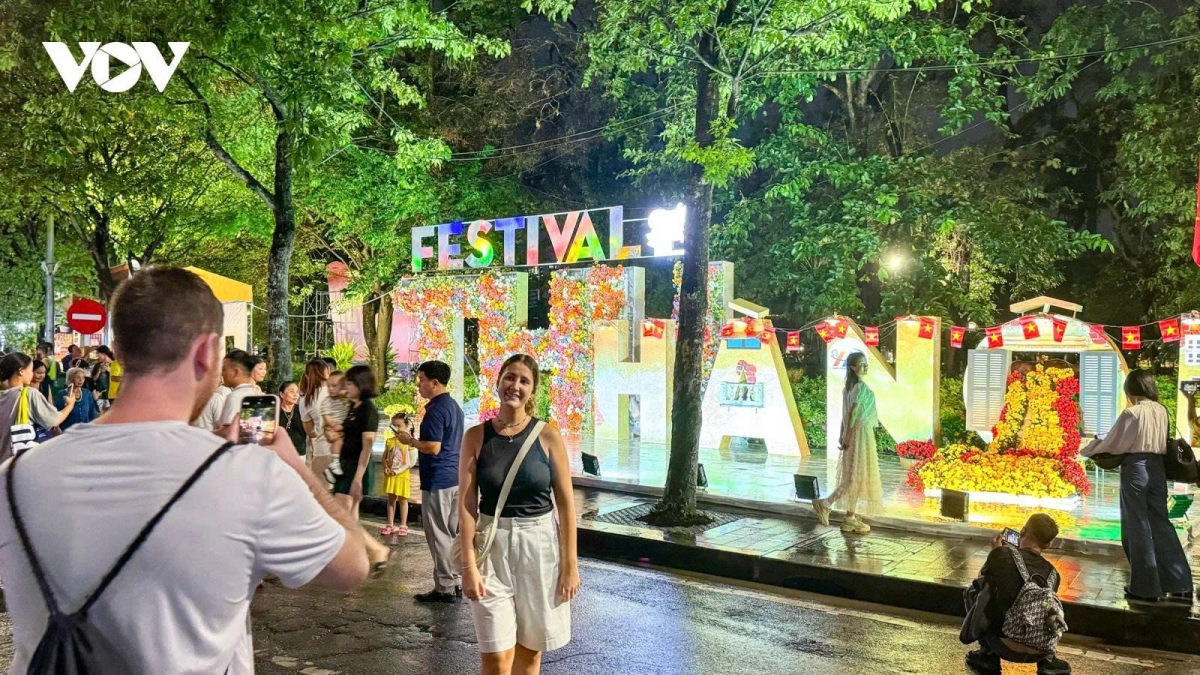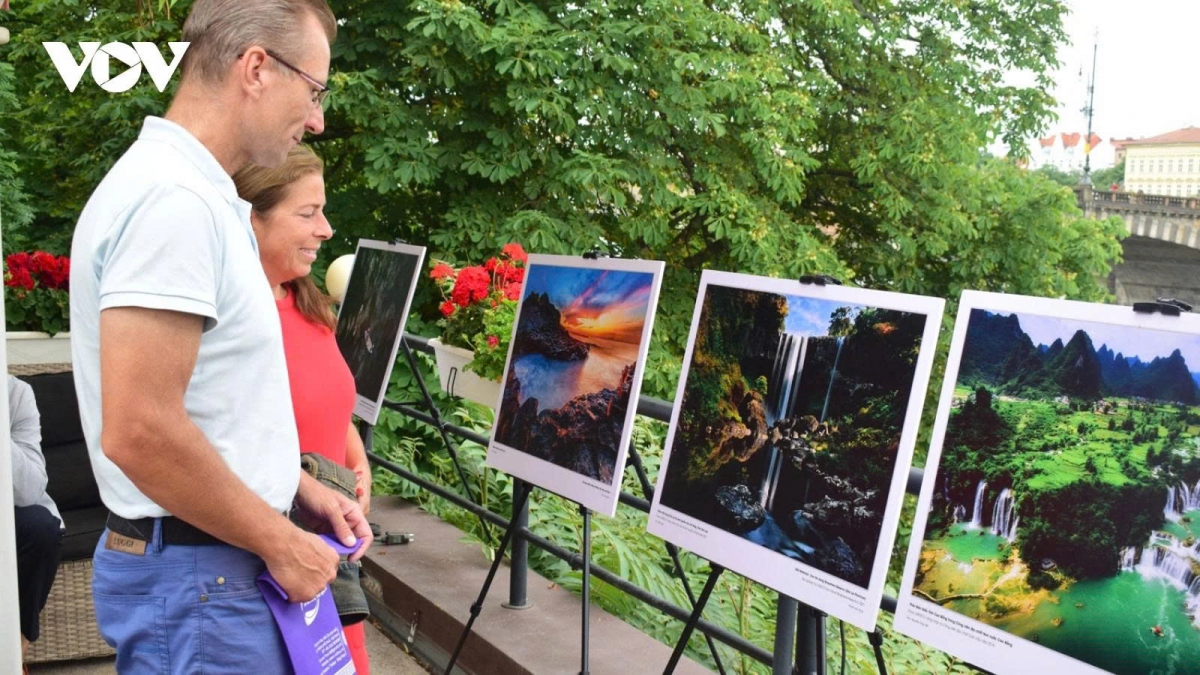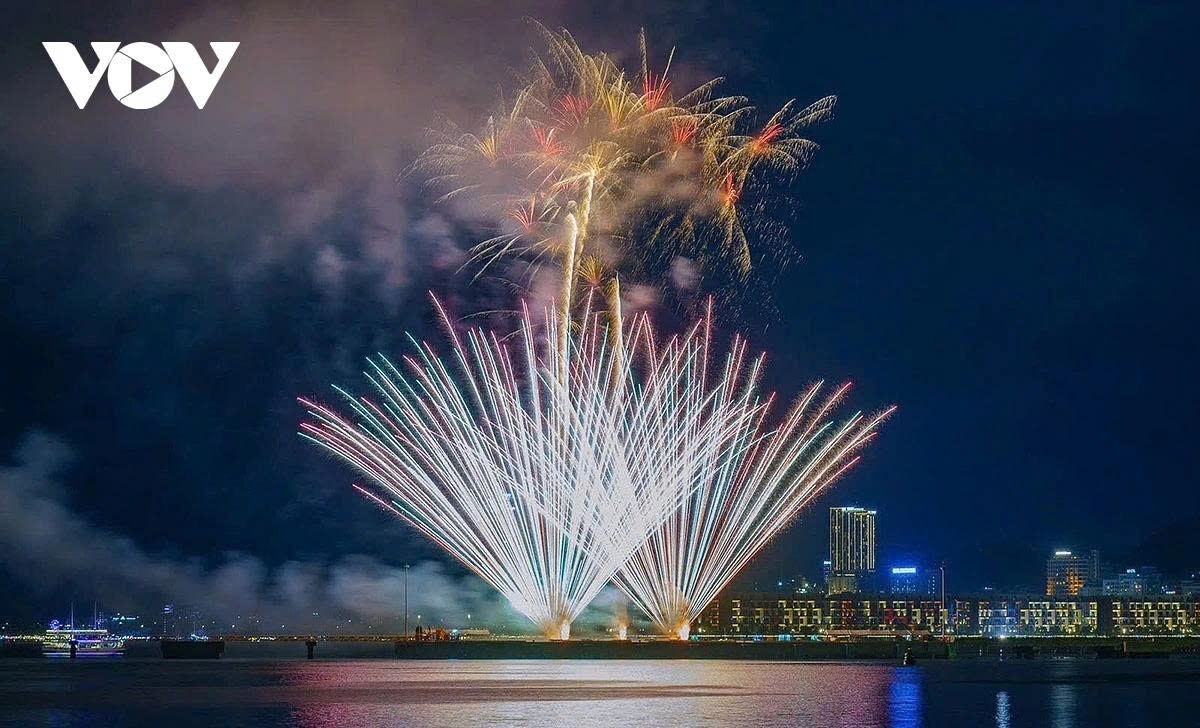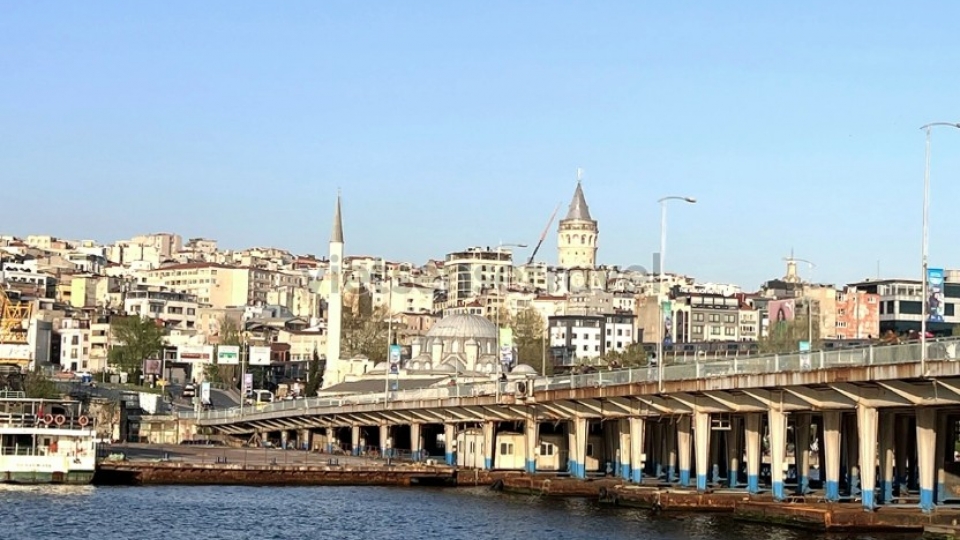Tourism rebound fuels Vietnam’s economic ambitions for 2025
VOV.VN - After enduring a severe downturn during the COVID-19 pandemic, Vietnam’s tourism industry has shown strong recovery, positioning itself as a rising star on Southeast Asia’s tourism map.
Flexible adaptation, gradual recovery

From 2015 to 2019, Vietnam experienced a tourism boom, with international arrivals surging from 7.9 million to 18 million—a 22.7% annual growth rate, among the highest in the world, according to the UN World Tourism Organisation (UNWTO).
However, the outbreak of COVID-19 in 2020 forced Vietnam to suspend international tourism from late March that year. With borders closed and domestic tourism frequently disrupted, the industry ground to a halt. At its worst, 90 - 95% of tourism businesses ceased operations, and tens of thousands of workers were forced to shift to other industries.
In response, the Vietnam National Authority of Tourism (VNAT) rolled out urgent and adaptive measures: accelerating digital transformation, launching safe travel apps, maintaining domestic tourism where possible, and pushing out online marketing campaigns. VNAT also proposed key relief policies to the government, including tax breaks, reduced utility rates, licensing fee waivers, and financial support for tour guides and operators.
As soon as the pandemic was brought under control, Vietnam fully reopened to international tourists on March 15, 2022. Thanks to its “rapid recovery – sustainable development” strategy, the country has witnessed a strong resurgence in visitor arrivals. It welcomed 3.7 million international visitors in 2022 (20% of the pre-pandemic levels), 12.6 million in 2023 (70%), and 17.6 million in 2024 (98%). This 98% recovery rate outpaced key regional competitors such as Thailand (88%), Singapore and Indonesia (86%), and the Philippines (72%).
Domestic tourism also rebounded strongly, exceeding pre-pandemic levels with 101.3 million domestic travelers in 2022, 108 million in 2023, and 110 million in 2024. Tourism revenue reflected the upward trend, rising from VND495 trillion in 2022 to VND840 trillion in 2024.
The first half of 2025 has continued the momentum. Vietnam welcomed nearly 10.7 million international visitors, up 20.7% year on year, and served 77.5 million domestic travelers, generating VND518 trillion in revenue.
Experts believe this signals a potential breakthrough in international tourism during the peak travel season at year-end, supporting the ambitious goal of 22–23 million international arrivals in 2025.
Constant efforts rewarded

Vietnam’s success is driven by proactive government policies, including relaxed visa requirements, streamlined immigration processes, and major strategic initiatives like Government Resolution 82 on tourism recovery and the Vietnam Tourism Development Plan to 2030 with a vision to 2045.
Tourism promotion has also undergone a transformation. For the first time, VNAT organised tourism–cinema promotion events in Hollywood, USA, and at the Cannes Film Festival in France, pioneering efforts to position Vietnam globally through cinematic storytelling.
Promotional campaigns have expanded in scale and frequency, especially in priority markets such as China, the Republic of Korea, Japan, Australia, Russia, Germany, France, Italy, the Czech Republic, Poland, and Switzerland. Notably, promotional events in China and the Republic of Korea featured keynote addresses from Prime Minister Pham Minh Chinh.
Digital media plays a central role in Vietnam’s global tourism branding. VNAT’s international tourism website now ranks second in Southeast Asia, according to global web traffic rankings. The campaign “Vietnam: Travel to Love!” earned national recognition, securing second place at the 2022 National External Information Service Awards and third place in 2024. Digital transformation efforts are deepening, laying the foundation for a smart, synchronised tourism ecosystem aligned with government priorities.

Simultaneously, Vietnam’s tourism offerings are growing more diverse. The Ministry of Culture, Sports and Tourism has partnered with the Ministry of Agriculture and Environment to develop rural and agricultural tourism. VNAT also signed an agreement with Vietnam Railways Corporation to revitalise rail tourism.
Emerging tourism products such as wellness tourism, golf tourism, sports tourism, and music tourism are gaining popularity. Night-time tourism has also been effectively developed by leveraging both traditional and modern cultural values, combined with new technologies such as 3D mapping, light shows, virtual reality (VR), and augmented reality (AR).
In a letter to tourism sector officials and staff on the occasion of the 65th anniversary of the sector’s founding (July 9, 1960 - 2025), Minister of Culture, Sports and Tourism Nguyen Van Hung expressed his confidence that, with the achievements and experience gained over the past 65 years, along with strong determination and a high sense of responsibility, the tourism industry would continue to leverage its potential and advantages, living up to its role as a “bridge of connection” between Vietnam and international friends.
He emphasised that the industry is well-positioned to make positive contributions to national economic growth, improve people’s quality of life, effectively promote the value of cultural heritage, and enhance the image of Vietnam and its people on the international stage.
With solid momentum, the tourism industry is expected to welcome 22–23 million international visitors in 2025 and serve 120-130 million local holidaymakers this year, significantly contributing to the national GDP growth target of 8% for 2025 and aiming for double-digit growth in subsequent years.





